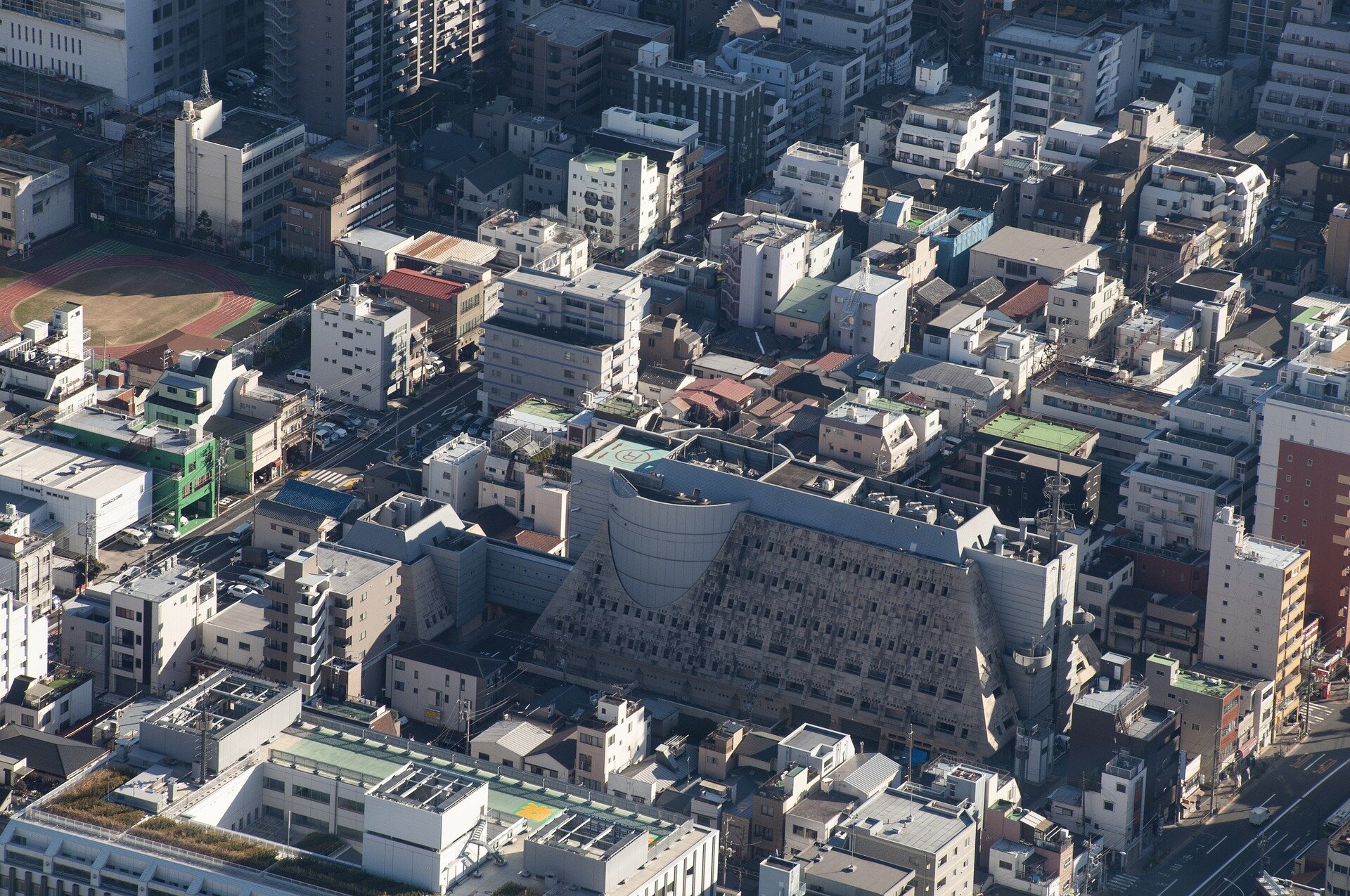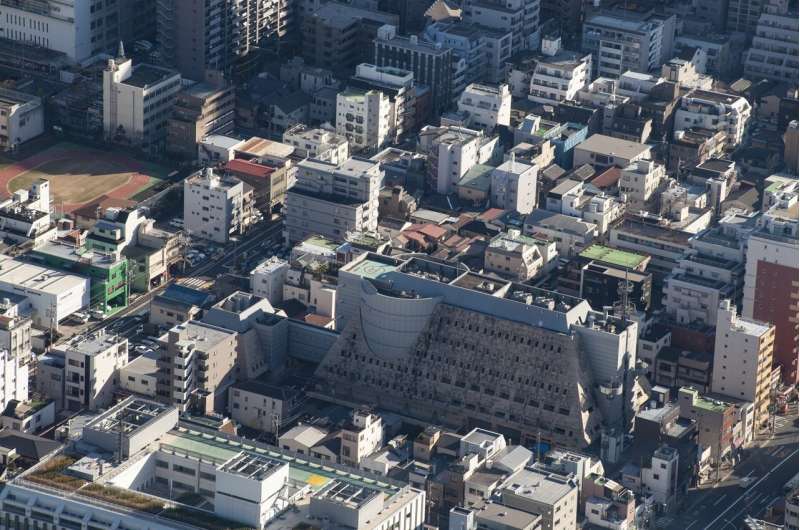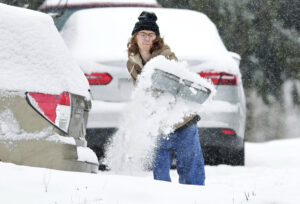

Urban sprawl is not just unsightly. It could also be impeding intergenerational mobility for low-income residents and reinforcing racial inequality, according to a series of recent studies led by a University of Utah geographer.
One analysis of tract-level Census data co-authored with a former economics graduate student in the U’s College of Social & Behavioral Science found that people who grew up in high-sprawl neighborhoods have less earning potential than those who grew in denser neighborhoods.
“For adults, jobs are harder to access in more sprawling neighborhoods,” said Kelsey Carlston, now an assistant professor of economics at Gonzaga University. “If we can understand how kids’ interactions with their neighborhoods are related to their economic opportunity, we can come up with some targeted policies for how to help poor kids get out of poverty and improve their situation.”
Published in Economic Development Quarterly, this study and two related ones were led by Yehua Dennis Wei, a professor in the School of Environment, Society & Sustainability. The other two were co-authored with graduate student Ning Xiong.
Wei’s three new studies build on prior work led by Utah city and metropolitan planning professor Reid Ewing, whose research scrutinizes the adverse impacts of sprawl and identifies features of urban resilience.
Ewing and colleagues, including Wei, demonstrated how sprawl at the city level could lock families into cycles of poverty across generations.
The new research gets more granular, extending into the neighborhood level by analyzing demographic information on the 71,443 tracts covered by the U.S. Census. Such tracts have 8,000 or fewer residents, and census tract data enables social scientists to survey local differences in poverty rates, income levels, ethnic characteristics, education levels and other characteristics for sub-county geographic areas.
The U studies characterize sprawl as urban environments that have low accessibility, high levels of car travel and sharply separated residential, commercial and business areas. In other words, places with poor pedestrian street access and long distances between places of work, schools, recreation, shopping and home.
“One finding is that typical livable-city indicators, like walkability, mixed-use development and job-housing balance, improve intergenerational mobility,” Wei said.
However, this might not always be the case, depending on the socioeconomic factors at play, he cautioned.
“We find that those kinds of dense mixed-use walkable neighborhoods sometimes have lower intergenerational mobility because of high concentrations of low-income families and single-parent families, and sometimes also minority populations,” Wei said. “The general finding is true, but it also depends on who is living there and the social relations in those neighborhoods.”
At the city level, sprawl has been linked to lower social cohesion and increased racial and income segregation, in addition to having negative effects on public health and the environment.
At the neighborhood level, explored in the new studies, sprawl is associated with reduced social interaction and social capital.
Wei and his co-authors relied on observational data compiled in a dataset called Opportunity Atlas, which enabled them to match IRS tax records of adults born between 1978 and 1983 to their parents’ tax records.
“The Opportunity Atlas has average outcomes at the tract level and city level for kids from different economic backgrounds,” Carlston said. “We can see how kids do compare to their parents and the relative income distribution and see if kids had the opportunity to improve their position. Then we control for variables like income, school quality, demographics and social capital.”
The dataset gives several measures of intergenerational mobility at the tract, county and commuting-zone levels. Its measures include the likelihood of going to prison, teenage birth rate and income rank.
The scholars compared intergenerational mobility in sprawling and non-sprawling neighborhoods and cities.
“If someone grew up at a tract in a 10th percentile sprawl, so very low sprawl, rather than a 90th percentile sprawl, which is very high sprawl, their expected annual income was $2,864 higher, which was almost 10% or a few percentage points in the income ranking,” Carlston said. “However, the same didn’t hold for kids from higher-income families. In high-income families, kids in sprawling neighborhoods did slightly better.”
Even within dense cities, they found that sprawling neighborhoods had a strong correlation with low mobility for low-income families.
Carlston cautioned the new research does not establish a causal link between sprawl and poor social mobility.
“However, the relationship likely implicates a number of problems associated with sprawl,” she said. “For instance, sprawling areas are often broken into smaller municipalities, which means that the number of resources like community centers and parks that you have is more dependent on the income of the immediate residents.”
In other words, higher-income residents are incentivized to live where the development pattern is not best for society, but for them personally.
“That means that local city planners and officials need to consider the broader social implications and choose zoning patterns and regulations that are best for all residents, particularly trying to reduce sprawl and increase infill development may have a long-lasting positive impact on children’s economic possibilities,” Carlston said. “We probably can’t turn Atlanta into New York City, but we could shape neighborhoods to be built for everyone. Additionally, we could try to reduce the negative effects of sprawl by increasing connectivity with better transit and finding mechanisms to spread funding throughout metropolitan areas.”
Dennis Wei’s study co-authored with Kelsey Carlson, titled “Urban Sprawl and Intergenerational Mobility: City- and Neighborhood-Level Effects of Sprawl,” appears in the November edition of Economic Development Quarterly.
His study titled “Neighborhood environment, socioeconomic conditions, and intergenerational mobility” appears in the journal Cities. And “Urban sprawl and racial inequality in intergenerational mobility” appears in the Journal of Economic Geography. Ning Xiong, a co-author on the latter two studies, is a doctoral candidate in geography. Sergio Rey of San Diego State University is also a co-author.
More information:
Kelsey Carlston et al, Urban Sprawl and Intergenerational Mobility: City- and Neighborhood-Level Effects of Sprawl, Economic Development Quarterly (2024). DOI: 10.1177/08912424241279561
Provided by
University of Utah
Citation:
Urban sprawl’s hidden cost: How it affects economic mobility and inequality (2025, January 5)
retrieved 5 January 2025
from https://phys.org/news/2025-01-urban-sprawl-hidden-affects-economic.html
This document is subject to copyright. Apart from any fair dealing for the purpose of private study or research, no
part may be reproduced without the written permission. The content is provided for information purposes only.



